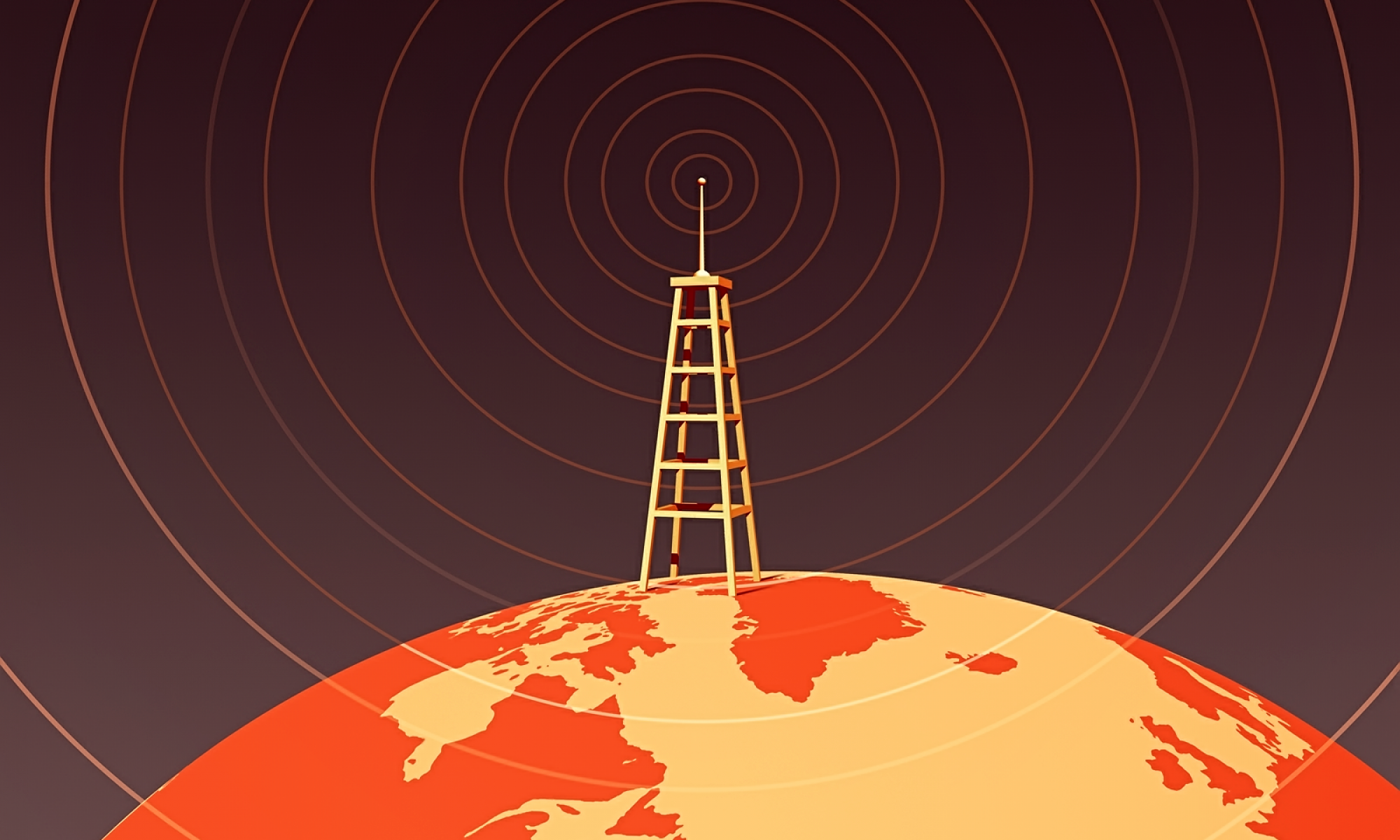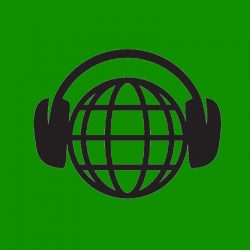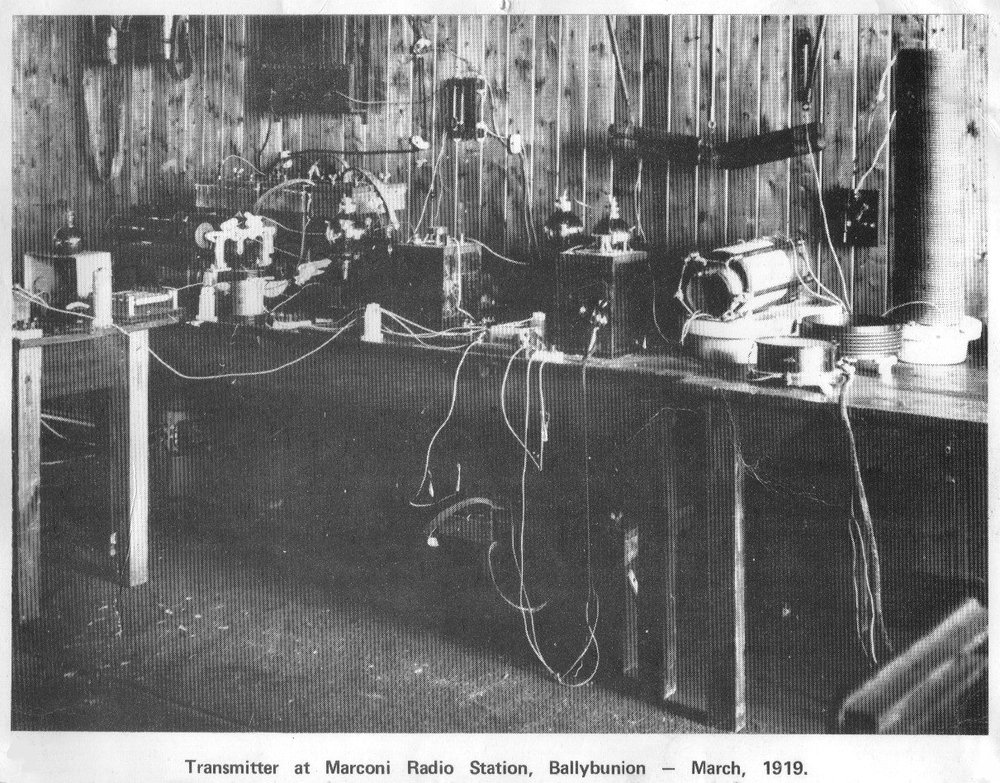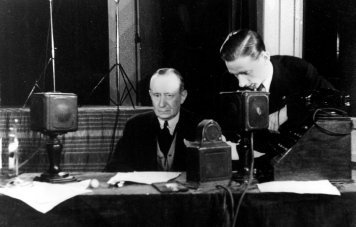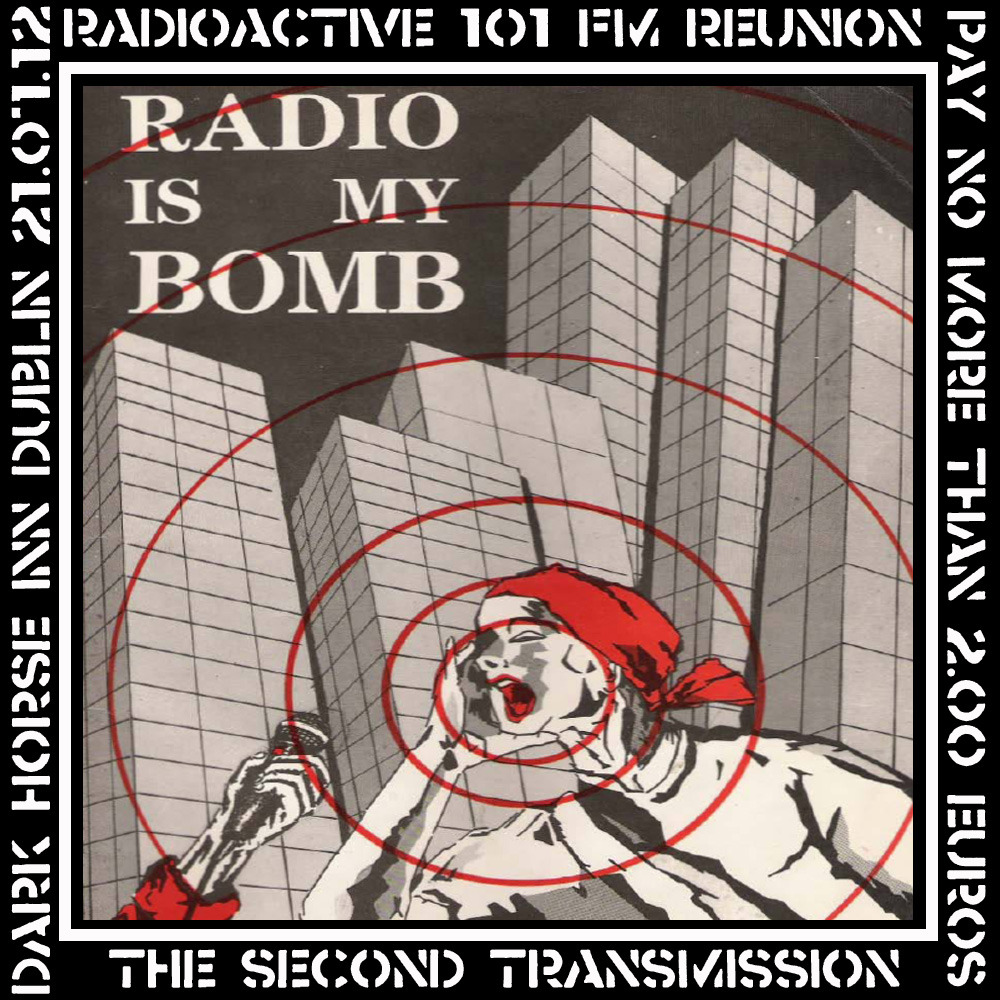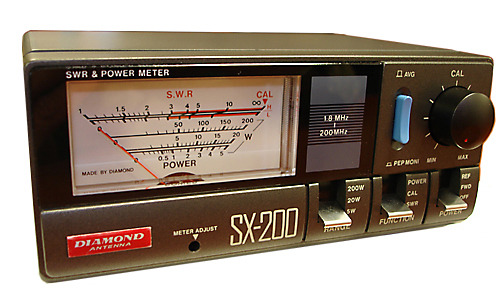RTE Extra Choice – land of confusion
confused in Dublin writes:
I’m confused, RTE Radio 1 Extra on DAB carries RTE Choice programmes. While RTE Radio 1 Extra (formerly RTE Europe) on satellite carries the same programmes as RTE Radio 1.
On Digital Television RTE Radio 1 Extra carries RTE Choice programmes but has RTE Radio 1 EPG details for all programmes.
Meanwhile the output on RTE Choice (DAB) is the same as RTE Radio 1 Extra and is ID’ed in audio as RTE Radio 1 Extra.
Some confused questions: Does RTE Choice exist any more? Why is Radio 1 Extra not on digital satellite with the same programmes as the terrestrial broadcast? Why doesn’t RTE Radio 1 Extra (terrestrial) not carry RTE Radio 1 programmes until frequency splits?
A possible fix to this mess, which was highlighted to RTE operations in 2008 (when medium wave was switched off and “second helpings” programmes were shifted to RTE LW / Extra) is the following.
Swap RTE Radio 1 and RTE Radio 1 Extra on digital satellite. This would have RTE Radio 1 on the wider footprint transponder to more of Europe where weekend sport and weekday racing would be heard by the widest audience. RTE Radio 1 Extra could carry the frequency split / minority programmes to Ireland / UK on the Astra 2D footprint. RTE Choice programmes could be aired on Radio 1 Extra when frequency splits weren’t active (unless right holder issues exist). Such a move would end the RTE Radio 1 / RTE Radio 1 Extra simulcast on satellite and offer ‘EXTRA’ RTE programmes to our nearest neighbours where a large Irish diaspora lives.
On DAB and DTT the identity crisis that is RTE Choice / RTE Radio 1 Extra demonstrates that there is really only one service on these two channels. This could free up a channel for something else. Any takers?
And LW 252, as this is one service unlike the two transponders on satellite, RTE radio 1 and frequency split programmes are broadcast and this seems to do what is expected of it.
I won’t lose sleep over it but it is land of confusion.
[youtube http://www.youtube.com/watch?v=DpV1uz4AB_U?wmode=transparent]
Katzenjammer cover the Genesis song ‘Land of Confusion’
UPDATE Feb 2013 – RTE closed RTE Radio 1 Extra on Sky 0142 on the wider european footprint. Alternative content programmes are no longer available on satellite, and RTE Radio 1 is now only available on satellite on a UK / Ireland beam in Europe.
Kingston Regatta 1898 – a sports radio first.
Marconi had been commissioned by the Dublin Daily Express to report the progress of the Kingston Regatta (July 20–22nd July 1898). He did this from a steam tug, sending ‘wireless’ messages back to the harbour where they were subsequently telephoned to Dublin. Becoming what many believe to be have been the first ‘live’ transmission of a sporting event in the world, in the process he gained immense publicity for the technology and his Company.
via http://www.northantrim.com/Marconi.htm
and from http://url.ie/fsj1
In July 1898 the first public presentation of wireless telegraphy took place. Marconi had been commissioned by the Dublin Express to send telegraphic reports from the Kingston Regatta to its editorial offices. From on board the tug, Flying Huntress he observed the yachts racing in the Irish Sea and telegraphed his impressions directly to the land base in Kingston. The Dublin Express was able to keep its readers informed with extra pages on the current progress of the Regatta. With hindsight it is tempting to assign symbolic value to this episode in technological history. There are early indications here of what already appears to have been accomplished in our fast-paced media age: events being followed by the mass media in ‘real time’ with their highly sophisticated telecommunications equipment. What Marconi could only strive for in 1898 has been achieved in our time: the period between the occurrence of an incident and its announcement elsewhere has been shrunk to a minimum and is almost tending to zero.
and from http://irishmediaman.wordpress.com/1278-2/
“We understand that Marconi is coming to Dublin with his apparatus.” (Freemans Journal, 1898) Some months earlier at the Kingston Regatta the communicative possibilities of Marconi’s apparatus quickly came to light; “…he was watched with interest by many gentlemen who had been invited to witness the novel application of Marconi’s discovery to the uses of journalism.” (Kildare Observer, 1898)
Radio Active set to return to radio
RadioActive International will start broadcasts in the coming weeks, it will also relay its shows via the internet in stream and on demand formats backed up by social media. European services will be heard on the 49 meterband shortwave and FM relays of the internet stream will be encouraged and sponsored in cities around the world.
RadioActive is looking for Presenters/DJs who can make shows in their own space and time and deliver it by electronic or postal service, where it will be placed in the schedule. There will be no formats or adverts and the open access policy has little rules, no fascists and no religions. And a common understanding that we are not going to break the law to do this only to play similar music to the legal stations.
Share this on, lets make radio better! reply by message if you want a show.
more details soon
facebook http://url.ie/fn7v
web http://RadioActive101.com
UPDATE September 2012
Radioactive is back http://radioactiveinternational.org/
twitter @radioactiveint
How To Make a Radio Station from seth gadsden on Vimeo.
radioactive reunion 21.07.12 #freeradio
- Saturday, July 21, 2012
- 8:00pm
Dark Horse Inn |
| The Dark Horse Inn (formerly the white horse) on Burgh Quay Saturday 21st of July Radioactive 101FM Reunion for all Djs and Listeners |
https://www.facebook.com/events/307023099376285/permalink/333391386739456/
Spirit Radio 549kHz begins 30/06/2012
God is never short of a transmission tower. 1 day before Vatican Radio stops European / American AM broadcasts, Irish religious station Spirit Radio begins MW transmission from a Co. Monaghan transmission site on 549kHz. Test are underway and the local are is being checked for interference.
view from the tower uploaded June 2nd 2012
Vatican Radio to suspend 50% of SW & MW transmissions from July 1st
While most of Rome’s focus this week is on IEC 2012 in Dublin Ireland, some bad news not buried from the Holy See is that they are dropping Europe & American broadcasts of Vatican Radio on shortwave & mediumwave from July 1st 2012.
The Hooters – Satellite from Hooters Music on Vimeo.
Full details
http://www.news.va/en/news/vatican-radio-new-communications-strategies
On July 1st, Short and Medium Wave broadcasts from Vatican Radio???s Santa Maria di Galeria Transmission Centre, to most of Europe and the Americas, will be suspended. These areas of the world are already well served by Vatican Radio???s local rebroadcasting partners and by widespread internet access to its services and language programming.
The reduction of Short and Medium Wave broadcasts to these areas accounts for about 50% of the Centre???s transmission time and will allow Vatican Radio to restructure the Centre according to more innovative technological criteria. Short Wave broadcasts will be further reduced over the next few years ??? but not at the expense of those poor, needy and suffering parts of the world (like Africa, the Middle East and Asia) which have no alternative means of receiving news of the Church and the voice of the Pope.
How the New York Times used radio equipment from Howth to report the Russia-Japan War of 1904
SWR
via http://www.progressive-concepts.com/info/item.php?id=137
The SWR meter or VSWR (voltage standing wave ratio) meter measures the standing wave ratio in a transmission line. The meter can be used to indicate the degree of mismatch between a transmission line and its load (usually a radio antenna), or evaluate the effectiveness of impedance matching efforts.
very strange radio occurrence hit Irish air space on Saturday – have a listen
On Saturday June 10th 2012 you might have noticed your FM radio turned into what normally happens on Shortwave Radio.
Science bit: The E layer of the atmosphere became ionized and reflected back FM signals that normally travel out to the moon and into outer space. This is known as Sporadic E. coz its rare and Layer E. 🙂 here is my recording.
If you can speak Italian, please help me identify this station so I can write to them and share this recording.
